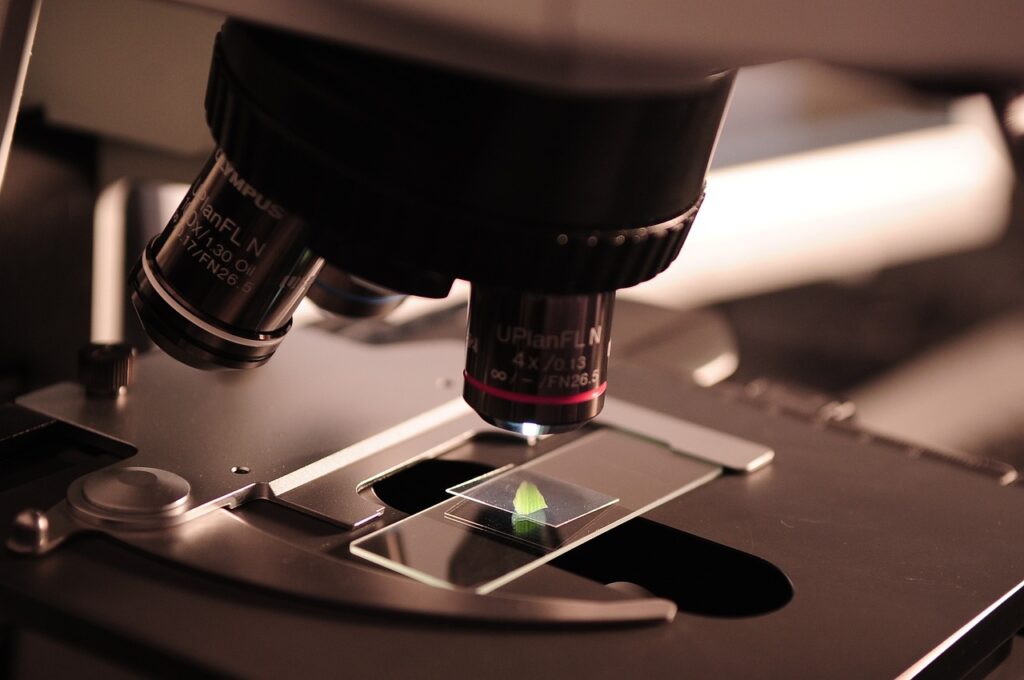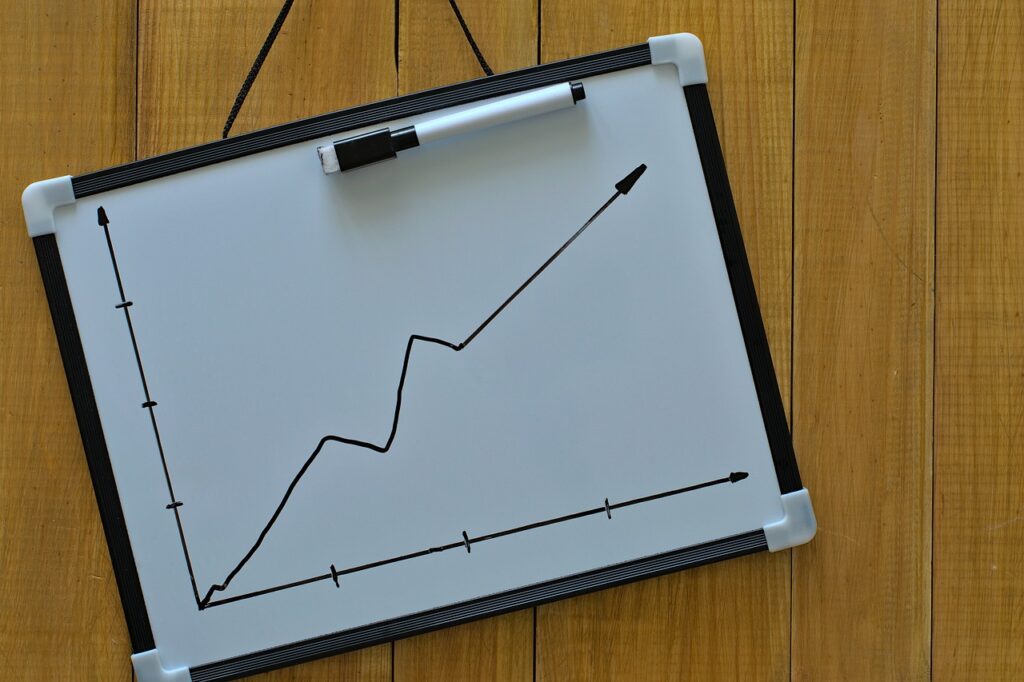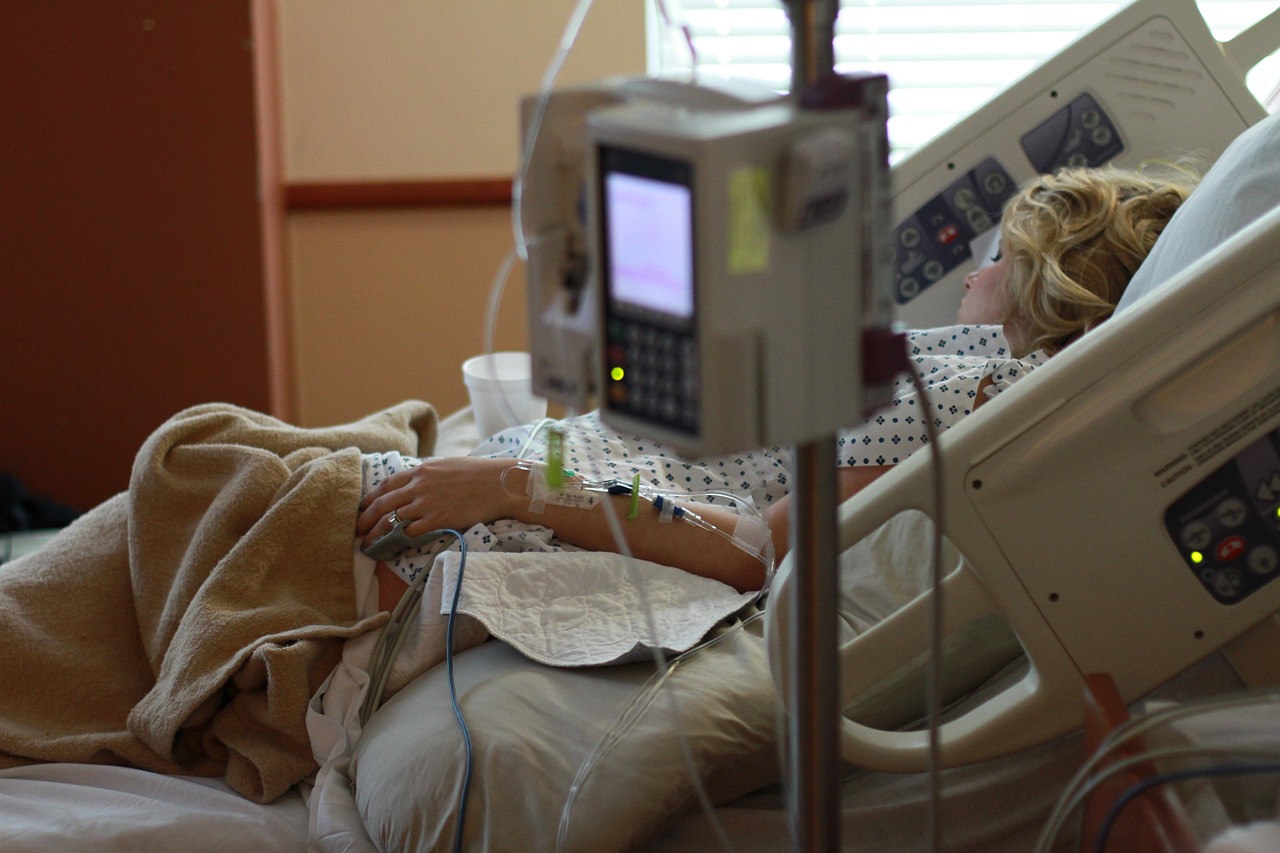In the dynamic landscape of healthcare and medical technology, the valuation of patents plays a pivotal role in shaping the industry’s trajectory. This comprehensive exploration dives deep into the intricate process of valuing medical device and healthcare patents, unraveling the multifaceted considerations that contribute to their financial assessment.
The Anatomy of Medical Device Patents
At the heart of healthcare innovation, medical device patents stand as the bedrock, shaping the landscape of progress and advancement. Delving into the anatomy of these patents is akin to unraveling the blueprint of transformative technologies that redefine patient care. From intricate surgical instruments designed to enhance precision in the operating room to cutting-edge diagnostic tools that revolutionize the detection and monitoring of medical conditions, understanding the nuanced components of medical device patents becomes foundational for their valuation. These patents encapsulate the brilliance of inventors and the collaborative efforts of researchers, embodying the cutting edge of technological ingenuity. By exploring the intricacies of their structure and functionality, stakeholders gain a profound appreciation for the depth and breadth of innovation that underpins medical device patents, setting the stage for a comprehensive and informed valuation process.
Regulatory Landscape: Navigating Compliance and Approvals
Embarking on the valuation journey for medical device patents necessitates a meticulous examination of the regulatory landscape. This journey begins with the recognition that adherence to stringent compliance requirements and securing regulatory approvals is not just a procedural step but a cornerstone of market entry. Navigating the complex web of regulations is a paramount task that requires a nuanced understanding of the legal frameworks governing healthcare innovations. From pre-market approvals to post-market surveillance, each step in the regulatory process influences the perceived value of medical device patents. The regulatory environment not only sets the stage for market access but also shapes the public perception of safety and efficacy, crucial factors that directly impact the valuation of these patents. Through this exploration, stakeholders gain insights into the pivotal role that regulatory compliance plays in ensuring the success and sustainability of medical device innovations, highlighting its significance in the broader context of patent valuation.
Factors Influencing the Valuation Process
Technological Advancements: Catalysts for Valuation
Technological advancements serve as dynamic catalysts, propelling the valuation of medical device patents into new frontiers. As the healthcare landscape undergoes continuous transformation, innovations like artificial intelligence, telemedicine, and miniaturization play pivotal roles in shaping valuation methodologies. Artificial intelligence, with its ability to enhance diagnostics and treatment planning, introduces unprecedented dimensions to the valuation process. The integration of telemedicine into medical devices revolutionizes patient care, opening avenues for remote monitoring and personalized interventions. Miniaturization, on the other hand, not only enhances portability but also influences how devices are perceived in terms of usability and accessibility. By deeply analyzing these technological advancements, stakeholders gain profound insights into the evolving nature of valuation methodologies, allowing for a nuanced understanding of how innovation impacts the financial assessment of medical device patents.

Clinical Efficacy and Real-World Impact
Moving beyond technological prowess, the valuation process for medical device patents delves into the critical assessment of clinical efficacy and real-world impact. Technological innovation must translate into tangible benefits for patients and practitioners. This involves a meticulous examination of clinical trial data, real-world evidence, and patient outcomes. The holistic perspective gained from scrutinizing these facets provides decision-makers with a deeper understanding of the value that these patents bring to the healthcare landscape. Clinical efficacy ensures that the device not only meets regulatory standards but also delivers the intended medical benefits. Real-world impact, meanwhile, assesses how the device performs in diverse and dynamic healthcare settings, shaping its value proposition beyond the controlled environment of clinical trials. In essence, the valuation process becomes a narrative of how medical devices, beyond their technological marvels, positively influence patient outcomes and contribute meaningfully to healthcare practices.
Market Demand and Economic Dynamics
Intrinsic to the valuation of medical device patents is a profound connection to market demand and economic dynamics. This intricate interplay is a key determinant of the perceived and actual value of patents within diverse healthcare markets. Investigating the intersection of supply and demand for specific medical devices becomes paramount. This exploration reveals patterns that influence valuation, guiding decision-makers in understanding how market forces shape the financial assessment of patents. Economic factors, including cost-effectiveness and potential return on investment, contribute to the complex tapestry of valuation. Reimbursement policies, a critical aspect of economic dynamics, further influence the perceived value of medical device patents by directly impacting the revenue potential for these innovations. Global market trends, with their ever-shifting nature, introduce an additional layer of complexity, requiring stakeholders to navigate through dynamic landscapes to ascertain the true value of medical device patents within the broader economic context.
Methodologies in Patent Valuation
Cost Approach: Unveiling the Investment Perspective
The cost approach to patent valuation is a meticulous journey into the financial landscape of medical device innovation. By intricately assessing the expenditures entailed in every stage, from the conception of the device through research, development, and regulatory approvals, stakeholders gain profound insights into the tangible investment required for bringing a medical device patent to fruition. This method transcends mere numerical values; it delves into the nuances of the development process, shedding light on the depth of commitment and resources invested. Decision-makers, armed with this understanding, can navigate the intricate path of patent valuation with a keen awareness of the tangible financial landscape surrounding medical device patents. This approach, therefore, not only quantifies the financial investment but also provides a qualitative understanding of the risks, challenges, and potential returns associated with the innovation.
Income Approach: Unraveling Revenue Potential
At the heart of patent valuation, the income approach takes the spotlight by offering a forward-looking lens into the revenue potential of medical device patents. Beyond the initial development costs, this methodology forecasts future cash flows, providing stakeholders with a comprehensive understanding of the financial returns the patent can generate over time. By going beyond the immediate horizon, decision-makers gain strategic insights into potential licensing opportunities, allowing them to explore collaborative ventures that can enhance the reach and revenue streams of the patented technology. The income approach becomes a roadmap for decision-makers, guiding them through the complexities of maximizing revenue by strategically positioning the medical device in the market. This forward-looking perspective is not merely a financial exercise but a strategic tool that empowers decision-makers to make informed choices that extend beyond the present, shaping the long-term financial success of medical device patents.
Market Approach: Benchmarking in a Competitive Landscape
In the dynamic and competitive healthcare industry, the market approach emerges as a crucial benchmarking tool in the valuation of medical device patents. This method involves a meticulous analysis of comparable transactions and market multiples, offering valuable insights into how similar patents are valued within the industry. Navigating through the complexities of the market approach becomes paramount as it emphasizes the role of fair market value determination. By benchmarking against comparable transactions, decision-makers gain a realistic assessment of the patent’s value within the competitive landscape. This approach extends beyond the intrinsic qualities of the medical device, considering external market forces, competitive positioning, and industry trends. In essence, the market approach provides decision-makers with a contextual understanding of the patent’s value, enabling strategic decisions that align with market realities and foster a competitive edge in the dynamic healthcare landscape.

Navigating Challenges: Legal, Ethical, and Technological
Challenges inherent in the valuation of medical device patents manifest on various fronts, posing intricate hurdles that demand a nuanced approach. Legally, the complexity arises from the intricate web of patent laws and regulations governing the healthcare sector. Navigating the intricate legal landscape requires a thorough understanding of intellectual property rights, regulatory compliance, and potential legal disputes that may arise during the valuation process. Stakeholders must grapple with issues such as patent infringement risks, ongoing litigations, and the potential impact of evolving legal frameworks on the assessed value of medical device patents.
Ethical considerations add another layer of complexity to the valuation endeavor. The ethical dimension encompasses issues related to patient privacy, data security, and the broader societal implications of healthcare innovations. Balancing the drive for technological advancement with ethical responsibilities demands a delicate equilibrium. Valuers must assess not only the innovative merits of a medical device but also its ethical implications, ensuring that the valuation process aligns with societal values and expectations. This involves navigating the ethical nuances surrounding patient consent, data usage, and the overall societal impact of the patented technology.
Technological challenges, a significant facet of the valuation landscape, stem from the rapid evolution of healthcare technologies. Keeping pace with technological advancements in medical devices requires valuers to possess a deep understanding of cutting-edge innovations. The valuation process must adapt to the ever-changing technological landscape, considering the potential obsolescence of certain technologies and the emergence of novel, disruptive solutions. The challenge lies not only in understanding the current technological state but also in forecasting future advancements and their impact on the valuation of medical device patents.
Mitigating the impact of these challenges demands a strategic and proactive approach. Establishing interdisciplinary teams that amalgamate legal experts, ethicists, and technologists can provide a holistic perspective. Regularly updating valuation methodologies to align with evolving legal and ethical standards ensures that the process remains robust. Emphasizing transparency in the valuation process, especially concerning ethical considerations, fosters trust among stakeholders. Ultimately, successfully navigating these challenges requires an ongoing commitment to staying abreast of legal, ethical, and technological developments, thereby enhancing the accuracy and reliability of medical device patent valuations.
Future Trends: Anticipating the Evolution of Valuation
The landscape of medical device and healthcare patent valuation is in a perpetual state of flux, driven by dynamic technological advancements and shifting healthcare paradigms. Anticipating future trends is not merely a proactive measure; it is a strategic imperative for stakeholders aiming to stay at the forefront of the valuation game. Artificial intelligence (AI) is poised to revolutionize the valuation process by enhancing analytical capabilities and providing more accurate predictions. The integration of AI algorithms into valuation models can streamline data analysis, identify patterns, and improve the overall efficiency and accuracy of medical device patent assessments.
Personalized medicine stands as a transformative force in healthcare, and its influence on patent valuation is profound. As treatments become more tailored to individual patients based on genetic, environmental, and lifestyle factors, the traditional one-size-fits-all approach to valuation may become obsolete. Valuers must adapt to assess the unique attributes of personalized medical technologies, considering the individualized benefits they offer and the potential challenges in standardizing their valuation.
The rise of digital health technologies, including wearable devices and health monitoring apps, introduces new dimensions to patent valuation. As these technologies become integral to healthcare delivery, valuers must navigate the intricate landscape of data security, interoperability, and user engagement. The valuation of patents in this context extends beyond the physical device to encompass the broader ecosystem of data management and utilization.
Blockchain technology emerges as a disruptor with the potential to transform how healthcare data is stored and shared. The decentralized and secure nature of blockchain has implications for data integrity and patient privacy. Understanding the intricacies of blockchain and its integration into healthcare systems becomes essential for valuers, as it introduces a new layer of complexity to the assessment of patents related to medical data storage and management.
Anticipating these future trends requires an agile and forward-thinking approach to patent valuation. Stakeholders must invest in ongoing education and training to understand the intricacies of emerging technologies. Collaboration with industry experts and technology innovators fosters a deeper understanding of the potential impacts of these trends on the valuation landscape. In essence, staying ahead in the valuation game involves not only reacting to current shifts but proactively preparing for the transformative trends that will shape the future of medical device and healthcare patent valuation.

Conclusion
In conclusion, the valuation of medical device and healthcare patents is a complex and multifaceted process that requires a comprehensive understanding of the industry landscape. From dissecting the foundations of medical device patents to exploring real-world case studies and anticipating future trends, this in-depth exploration provides a valuable resource for stakeholders navigating the intricate terrain of patent valuation in the dynamic realm of healthcare innovation.

Leave a Reply